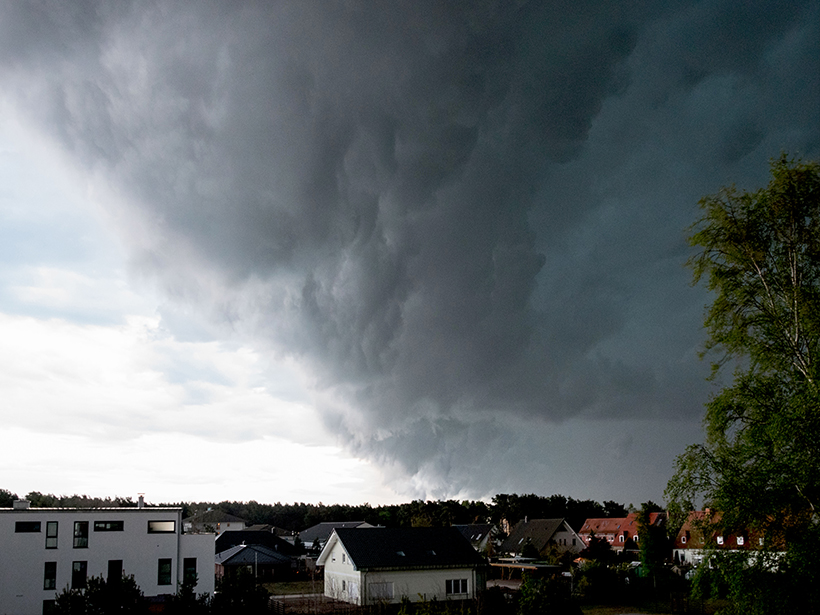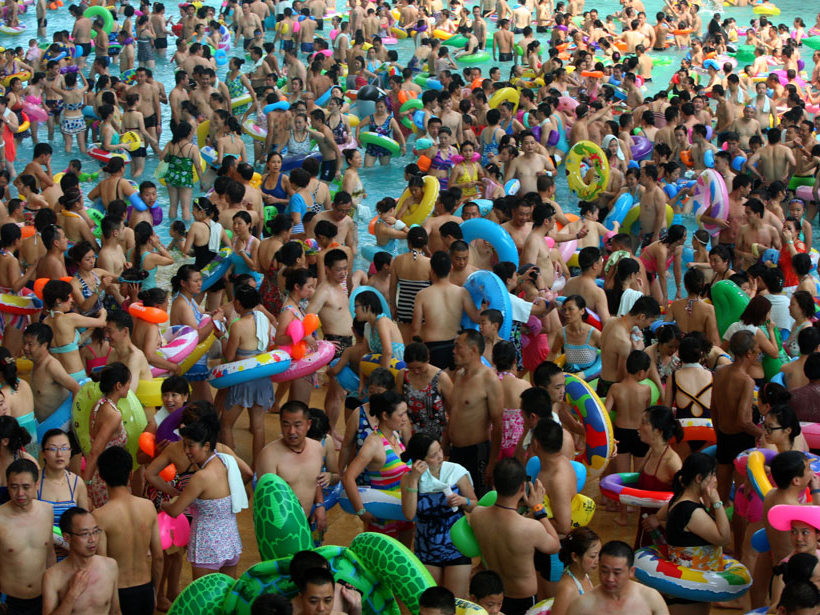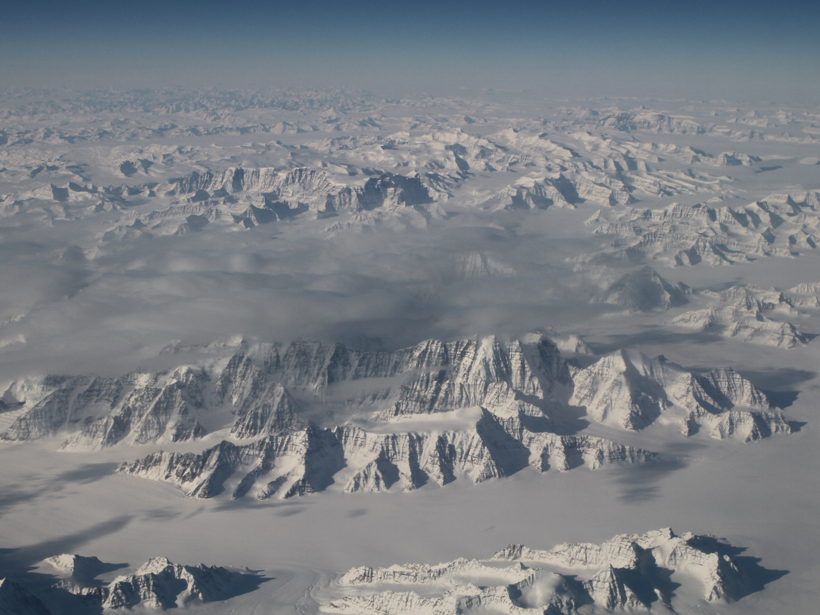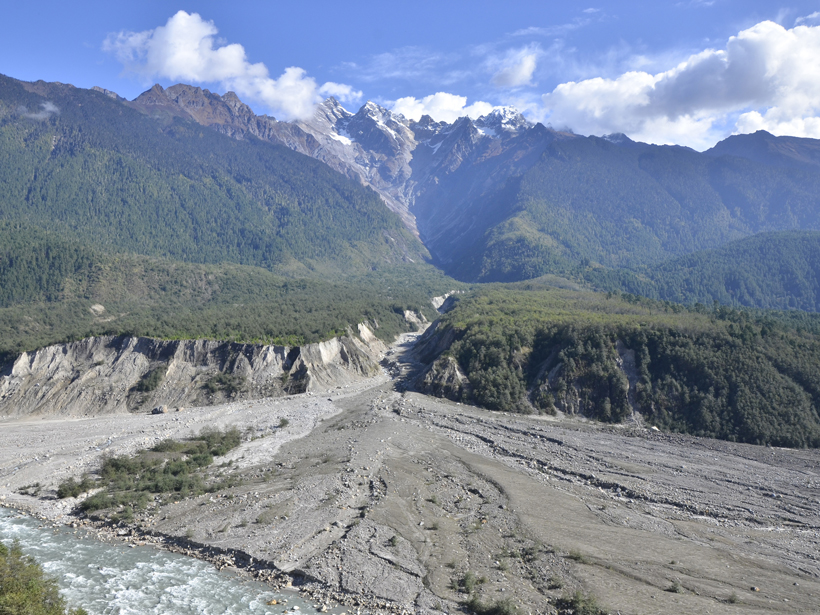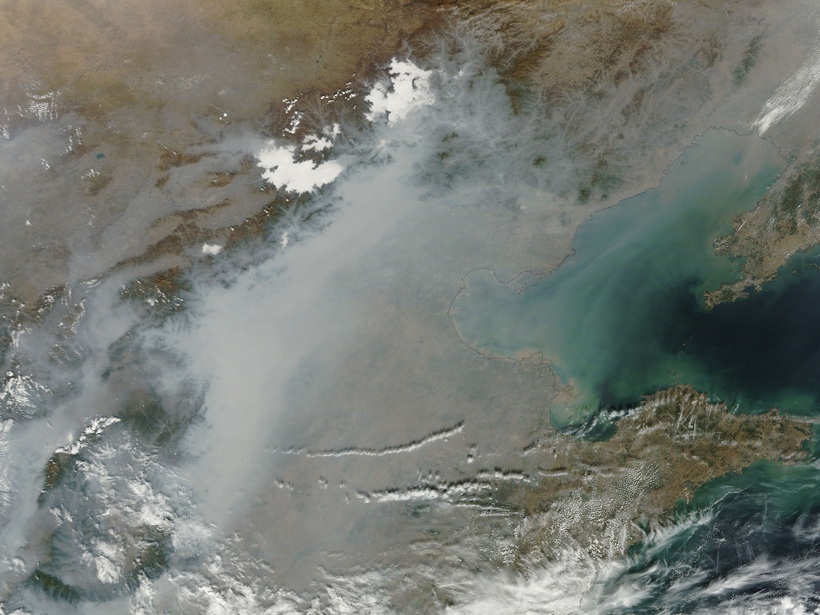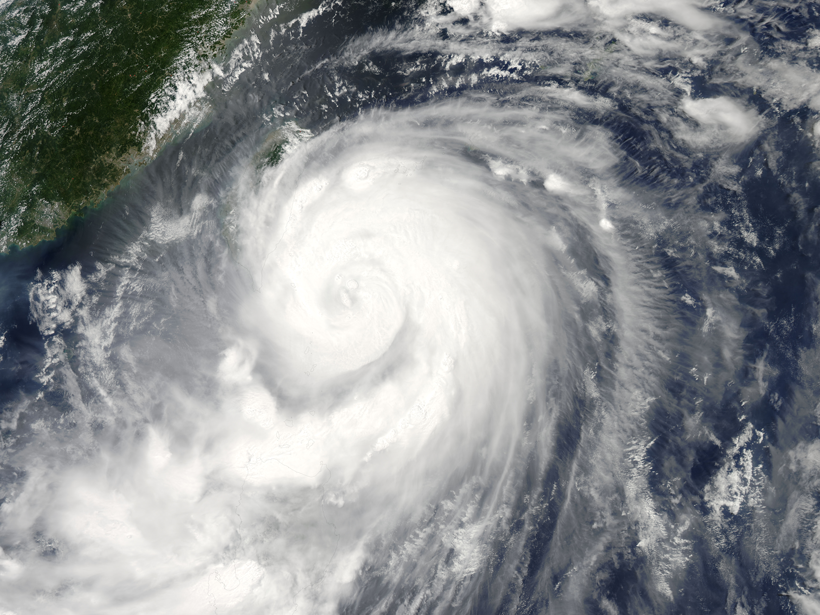Beijing’s growing population is rapidly draining its water supplies. A new study examines how land use change affects groundwater storage beneath the megacity.
China
The Microphysics of Squall Lines
Scientists tracked the distribution of raindrops of different sizes as a row of thunderstorms formed by a cold front developed and intensified over eastern China.
Choosing a Lunar Landing Site
A recent article in JGR: Planets described the geological characteristics of two candidate sites for the upcoming Chinese mission to the Moon.
Are Humans to Blame for Worsening Heat Waves in China?
A new study suggests that even hotter events will follow unless greenhouse gas emissions are reduced.
A Volcanic Trigger for Earth’s First Mass Extinction?
Abnormally high levels of mercury in Ordovician rocks may imply that a huge surge of volcanism took place at a time when much of the planet’s ocean life vanished.
What Causes Rock Avalanches?
Experimental studies of frictional weakening beneath a deadly rock avalanche in China help to clarify the mechanisms that cause these devastating natural disasters.
La Niña Subtype May Have a Big Impact on Aerosols in China
During a newly identified "flavor" of La Niña called La Niña Modoki, aerosol concentrations over different regions of eastern China may depend heavily on the strength of the event.
Reading Raindrops: Microphysics in Typhoon Matmo
Quantitative predictions about tropical storms require an understanding of even their smallest physical processes. A new study observes unusual microphysics in 2014's Typhoon Matmo.
Water Challenges of Megacities
After attending a groundwater conference this summer in Shenzhen, China, Water Resources Research editor Jean Bahr reports back and summarizes the water management challenges posed by large cities.
Hong Kong, Macau at Greater Tsunami Risk Than We Thought
Researchers assess tsunami risk in the South China Sea based on models of seismic slip along the Manila megathrust.


